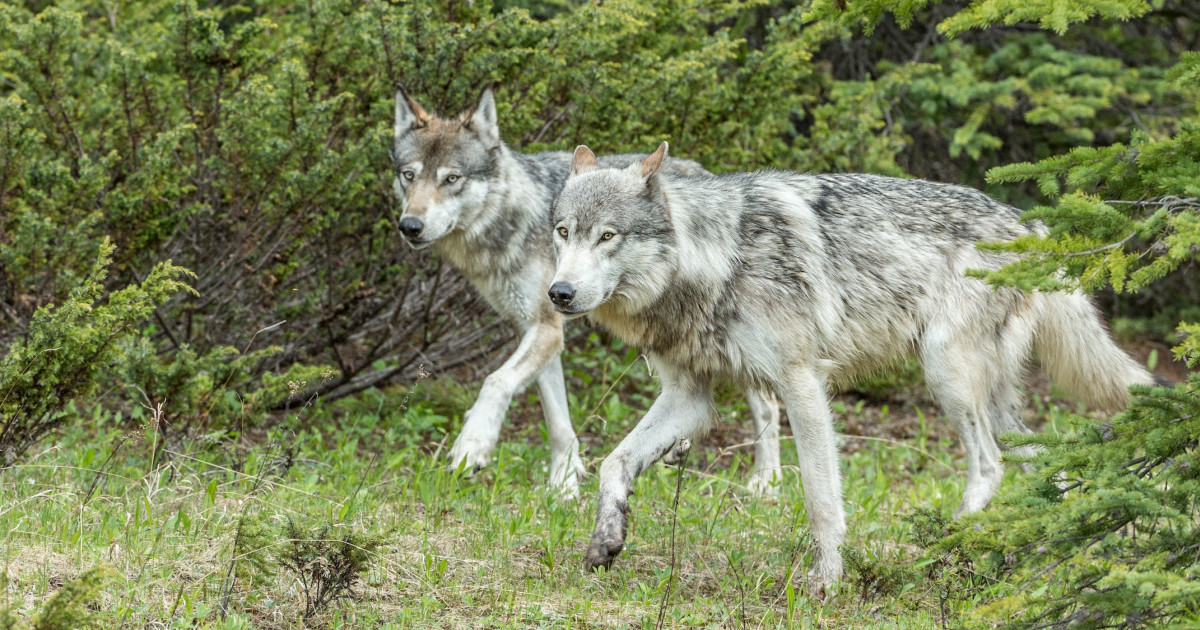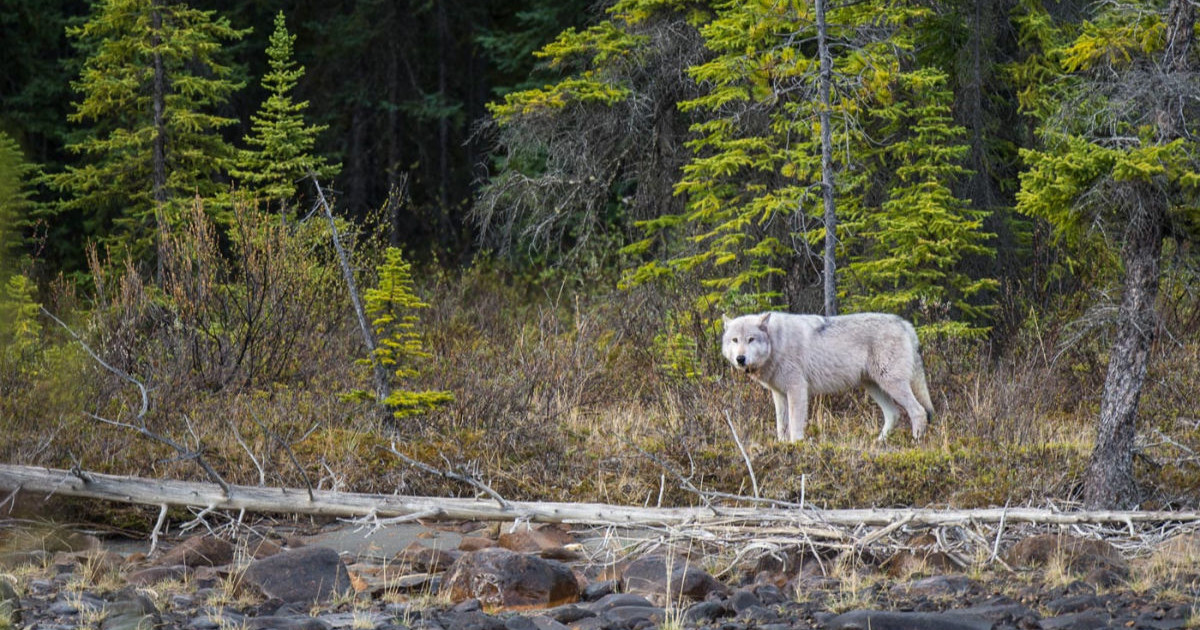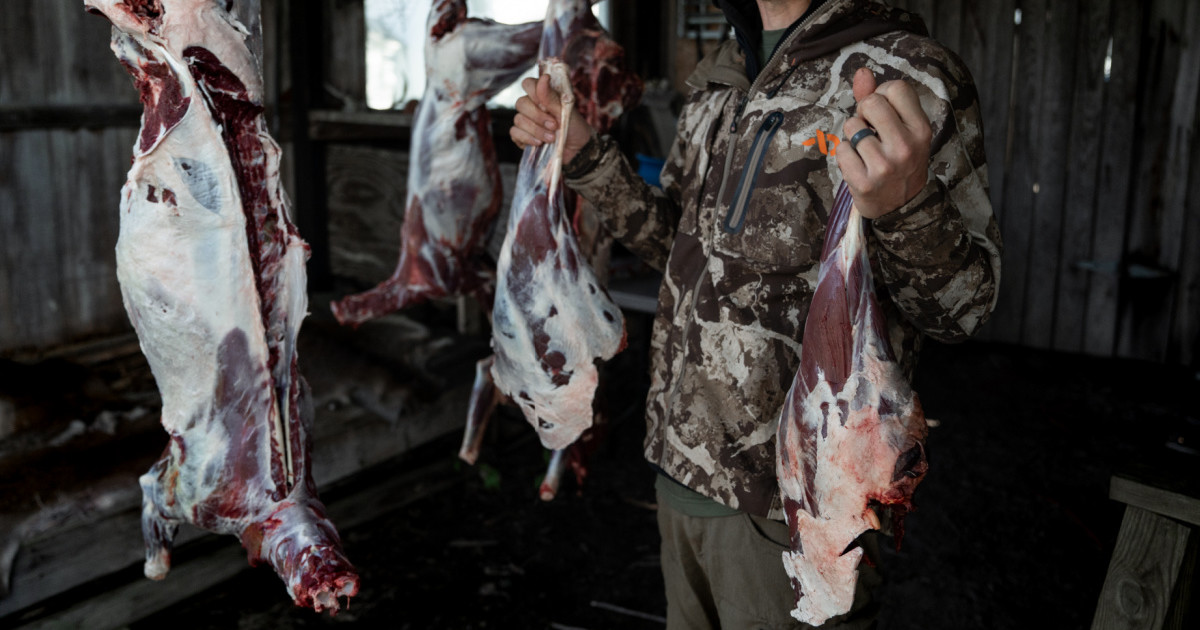BuzzH
Well-known member
Selective outrage...Semi old school thread though it's a bit of a stretch... to consider this a predator/prey research that all our text book examples are built on these studies.
An attempt to use wolf studies for common wide open spaces on a 53 mile sized area? Bull chit. It's Dr. Jeckel Island study of inbreeding.
Wolf packs (plural emphasis) are not stuffed within a 53 mile area to share insight how wolf packs operate elsewhere.
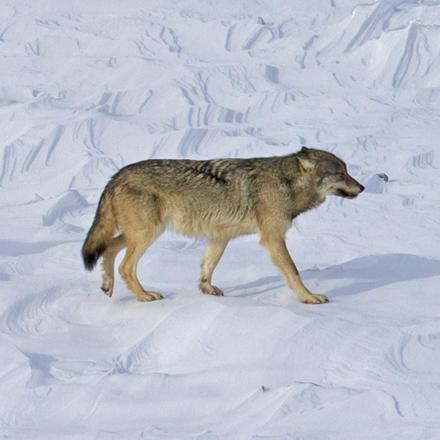
Inbreeding Causes Isle Royale Wolf Population Crash | American Association for the Advancement of Science (AAAS)
Each of the two remaining wolves from a population that has been followed for 60 years is more susceptible to inheriting two harmful copies of a particular gene, the researchers found.www.aaas.org
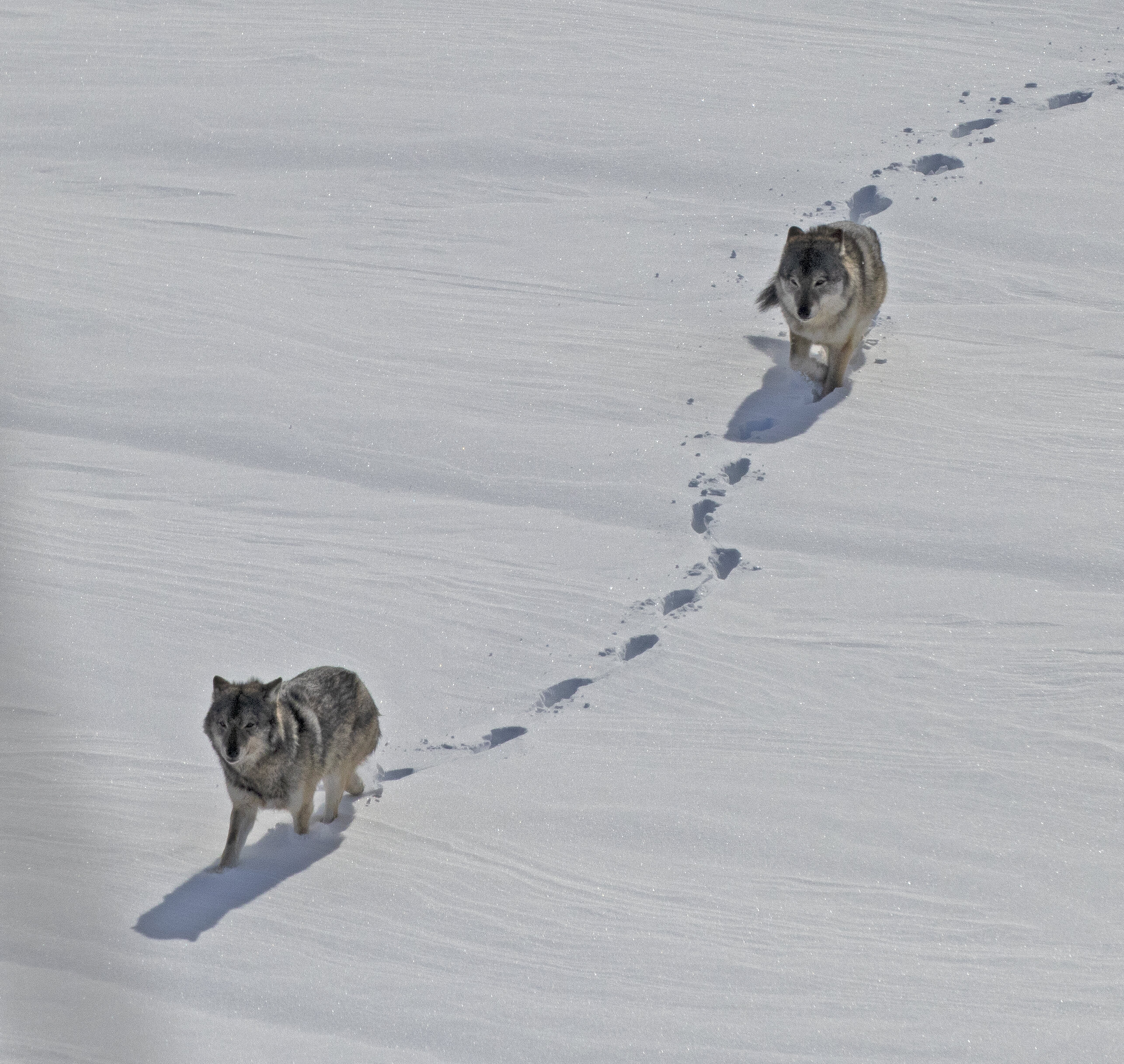
Genomics of Isle Royale wolves reveal impacts of inbreeding
A new paper explores the genetic signatures of a pair of wolves isolated on Isle Royale, a remote national park in Lake Superior. The pair are father-daughter and share the same mother. Such close inbreeding leads to genetic anomalies, which likely are the main driver behind the wolf population...phys.org
Isle Royale Wolves Fall Prey to Inbreeding Problems
Isle Royale Wolves Fall Prey to Inbreeding Problems. By Jennifer Donovan | Published 8:53 a.m., March 26, 2013www.mtu.edu

Extra ribs, crooked backs show inbreeding that caused Isle Royale’s old wolf packs to crash
A new report examines the genetics of the last two island-born wolves on Isle Royale, as well as the remains of other pack mates.www.mlive.com
And the reality?
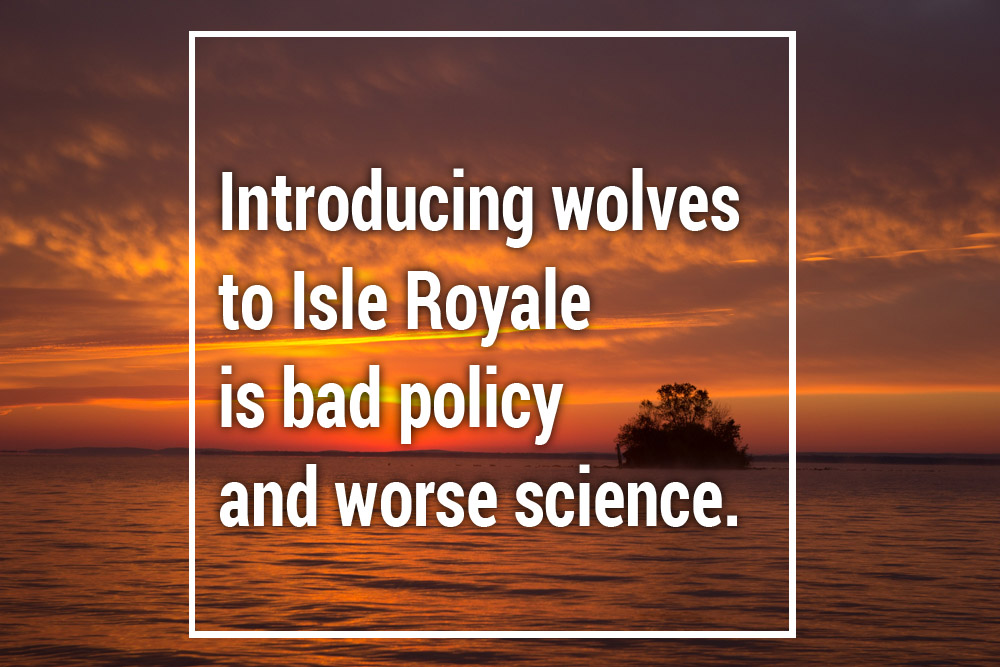
Replacing wolves on Isle Royale is bad policy and worse science
Overview: Isle Royale is an island in Lake Superior that is designated as a Wilderness Area and managed by the National Park Service. In the 20th century, wolves and moose migrated to the island an…www.azandisresearch.com
Permit humans to be part of the process for moose population control. We're not aliens of this planet... we are an integral component to our conservation efforts. Feed hungry, produce research revenue and boot the eco extremists to the curb.
What about all the game farms, that allow "hunters" to shoot pen raised whitetail, pen raised mule deer, bighorn sheep now...and on and on and on.
Those are "closed Dr. Jeckel" systems as well...same outrage for those?
Even worse, genetically altering deer, elk, etc. so some 10 watt, that couldn't hunt their way out of wet paper sack, can blast them.
Oh, but that's different because its not a wolf.
While we're busy kicking the eco-extremists to the curb, I'd like to kick a bunch of "hunters" to the curb as well.
Finally, not every prey species on planet earth needs to end up as a human turd...





